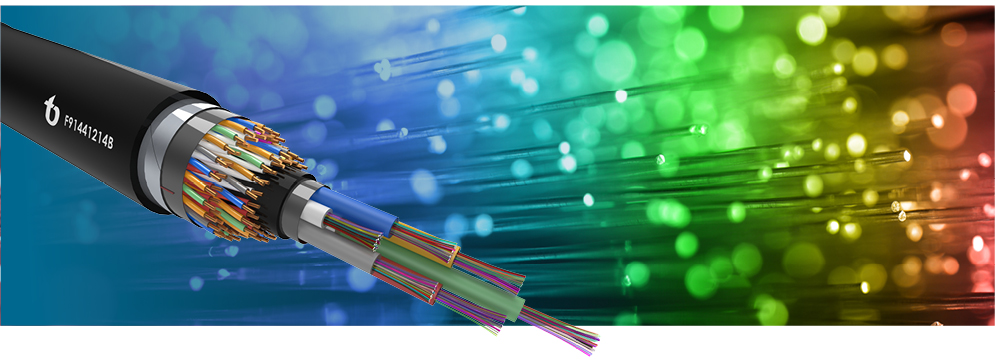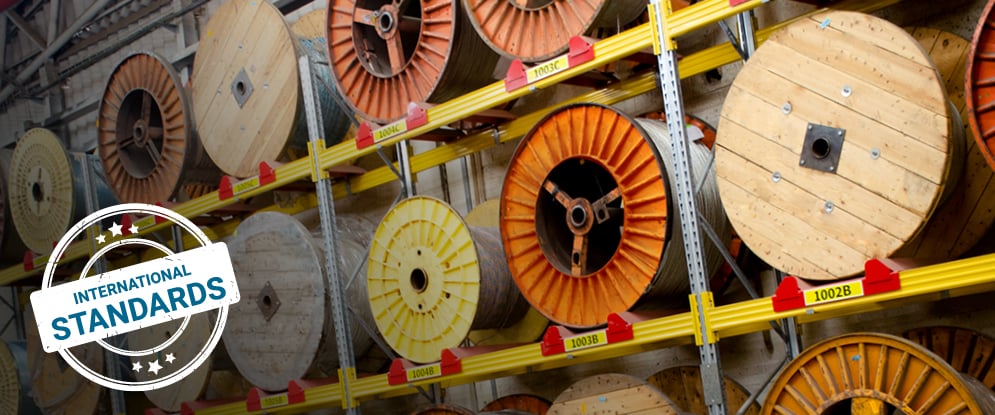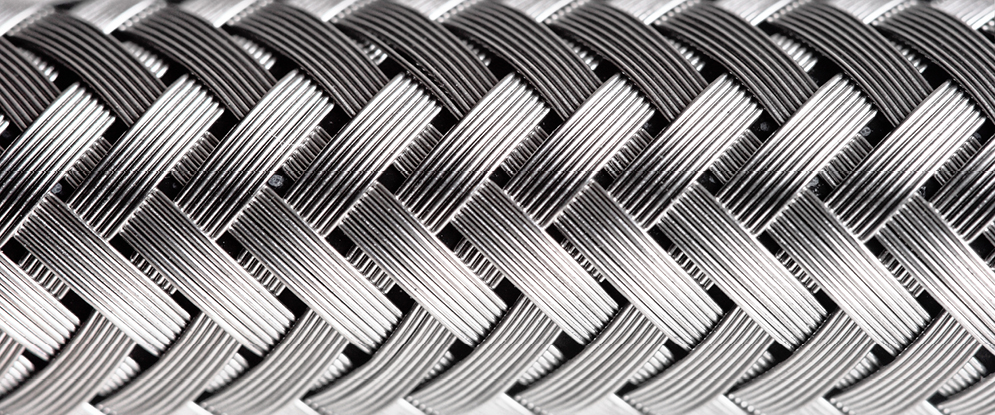The term “hybrid cable” is commonly used in today’s networking circles. That said there is still a lot of confusion about what a hybrid cable actually is. Moreover, the terms “composite cable” and “hybrid cable” are often used interchangeably, despite them being inherently dissimilar and serving different purposes.
In this blog post, we’ll be discussing what makes a cable hybrid, where hybrid cables are used, their benefits, and the international standards used to define their structure, testing and installation.
What is a hybrid cable and how is it different to a composite cable?
Let’s start by defining composite cables versus hybrid cables.
-
Composite cables are cables that contain multiple types of the same transmission medium (for example, all metallic or all fiber) inside the same outer cable jacket. For example, cables with different sized copper conductors, some of which are in single strands and some in pairs – but all of them are made of copper. It’s important to note that these are not hybrid cables, even though they are often referred to as such.
-
Hybrid cables are cables that contain multiple elements of different transmission/conductor media inside the same outer cable jacket. For example, cables with both metallic – usually copper – and fiber optic conductors.
Where are hybrid cables used?
Hybrid cables are used to connect between different points that receive more than one type of signal (power, communications & data, and/or control & instrumentation).
The following are examples of some applications where the installation of multifunctional, hybrid cables is usually preferred over the installation of multiple and separate cables for different function:
-
5G networks – a hybrid cable is the ultimate solution for 5G networks as it offers flexibility for communication, data and/or line powering of devices and antennas with all components under a single cable sheath.
-
Airborne aerostats – multifunctional, hybrid tethering cables can be used to connect for airborne aerostats deployed in commercial and military segments to a ground anchor and/or control unit, and to continuously transmit power and communications/data to the aerial unit.
-
Tow-array sonar systems – towing cables are used for a wide range of towed sensors in defense and oceanographic applications. As these cables need to have a relatively small diameter and transmit both power and data between the vessel and the towed equipment, hybrid cables are ideal for these applications.
<<Contact us to find out more about our hybrid and composite cables>>
What are the benefits of hybrid cables?
As hybrid cables constitute a single cable solution with multiple functionalities, they offer the following benefits:
-
Space-saving construction with smaller outer diameters – offer a wide range of functionality and the performance required for complex devices and applications with less space and less clutter. This makes them ideal for spaces with a limited installation area or that are hard to reach (for example, in pipes or tunnels).
-
More convenient installation and maintenance – instead of purchasing, storing, installing and maintaining multiple cables, this is done for a single cable, which means more convenience and major time-savings.
-
Long-term cost savings – fewer cables, installation and maintenance costs in comparison to multiple, single-function cables.
Endless possibilities lead to a need for international standardization
When revisiting the abovementioned definition of hybrid cables as cables combining multiple conductor types in a single outer cable jacket, we can see that this definition says both everything and nothing simultaneously. In other words, according to this definition, there are endless possibilities for different hybrid cable combinations without any reference to the actual cable construction, materials, or other parameters.
This lack of clarity led to the need for standardization in the field of hybrid cables. To this end, as part of Teldor’s ongoing commitment to international standardization activities in the cabling industry, Teldor engineers initiated and led the first international standard for hybrid telecommunication cables (IEC 62807-1:2017). This standard:
-
Defines what hybrid cables are
-
Defines the different parameters of hybrid cables (that usually appear on their datasheets) – this enables buyers and installers to compare apples to apples and oranges to oranges
-
Defines the testing parameters for these cables – so that manufacturers looking to comply with the standard can perform the same tests using the same equipment
Widest range of proven and tested commercially-available hybrid cables
We hope that this blog post has given you valuable insights into hybrid cables, their uses and the importance of standard compliance for hybrid cables.
As a recognized, leading cable manufacturer, Teldor has extensive experience in designing and manufacturing the widest range of standard-compliant, commercially available hybrid cables for diverse applications – all of which can be found in our Interactive Product Catalog. In addition, we offer custom-engineered hybrid cable solutions that are designed for optimal performance and reliability in specific applications.
Teldor is also the only supplier with factory-wide accreditation from ABS for hybrid cables for use in marine and offshore environments. This means that instead of submitting a request for accreditation for specific cable types, which can take as long as a year, you can save time by ordering hybrid cables for marine environments from Teldor and be rest-assured that they are already accredited.

Contact us to find out more about our hybrid and composite cables.















